PBS Taps Eluvio, GrayMeta to Supply Blockchain for Network’s Media Supply Chain
LAS VEGAS—PBS has announced that it is working with Eluvio, a developer of software for managing and distributing large form content and GrayMeta, a provider of AI/ML technology, on a proof of concept for a dedicated blockchain environment that could allow PBS member stations to optimize their collective connective resources and utilize machine learning, metadata and microservices to create more efficient workflows and services. PBS made the announcement at the 2019 TechCon in Las Vegas.
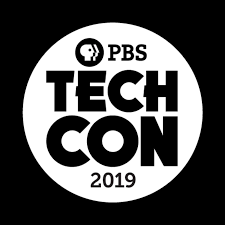
“We’re working to create a blockchain fabric that stations would be able to opt into and utilize it in a dedicated environment within the PBS member station community in order to efficiently use various services,” said Renard Jenkins, vice president PBS Operations, Engineering & Distribution, adding that such services could include transcoding, datamining and excess resource sharing, for example.
Jenkins said PBS has been working with Eluvio and GrayMeta on the proof of concept for the last six months and that Eluvio CEO Michelle Munson presented various ideas and possible use cases during her keynote at PBS TechCon.
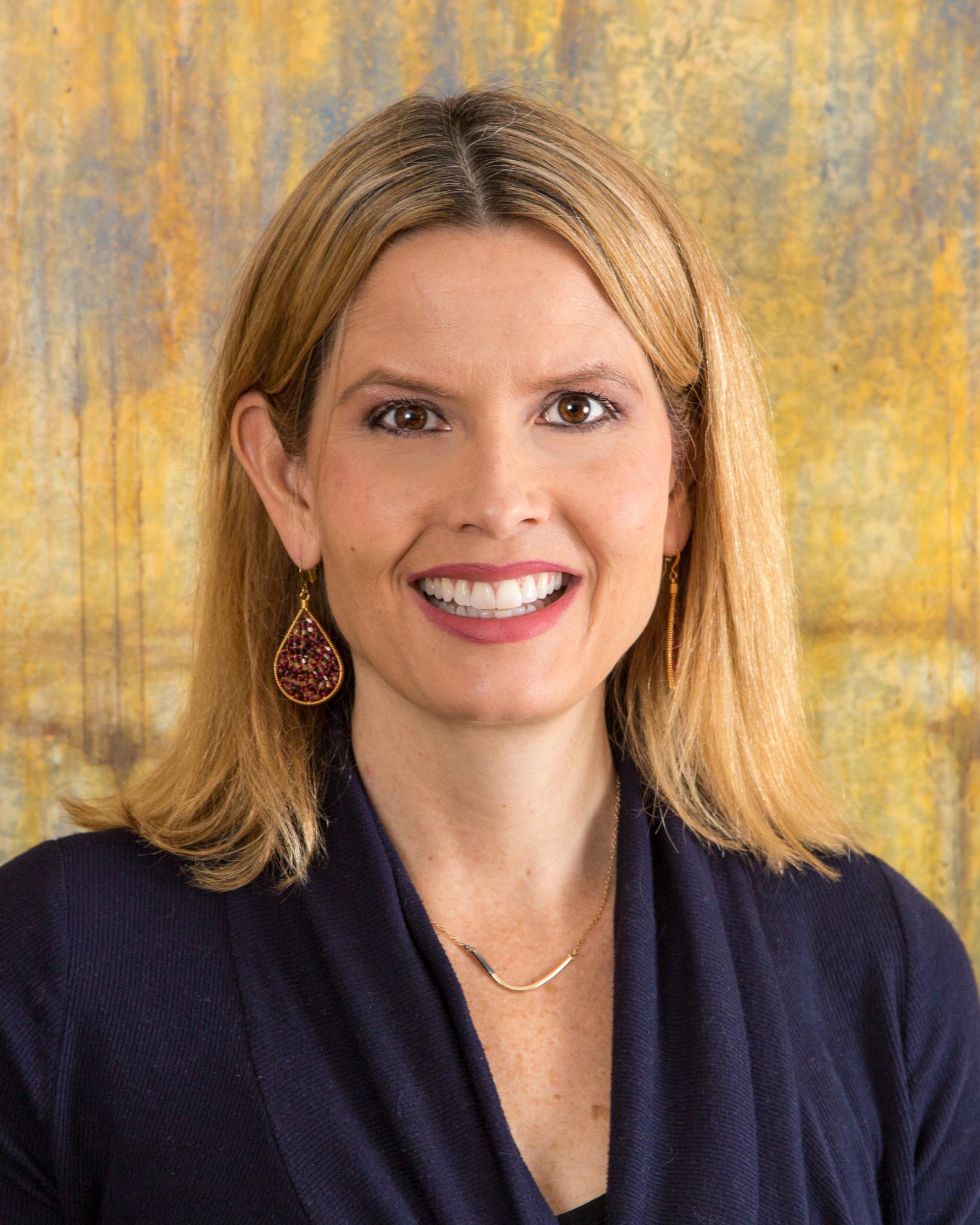
“We showed station representatives what we are working to architect and present to them for their input so we can move forward together,” he said.
At the conference, PBS officials updated attendees on its efforts to develop a new media supply chain that uses advances in cloud, networking and datamining to help them better manage the creation and distribution of content to multiple platforms. Jenkins and his team have spent three years planning and developing new workflows that will take advantage of the cloud as well as the move towards virtualization, and microservices enabled by SaaS (software as a service).
PBS’s relationship with its member stations is different than the relationship between a network and its affiliates or a commercial station group and its member stations. While a commercial station group may adopt a common platform from a single vendor for all of its stations, PBS’s stations are more like a federated structure, with each station its own entity with its own solutions.
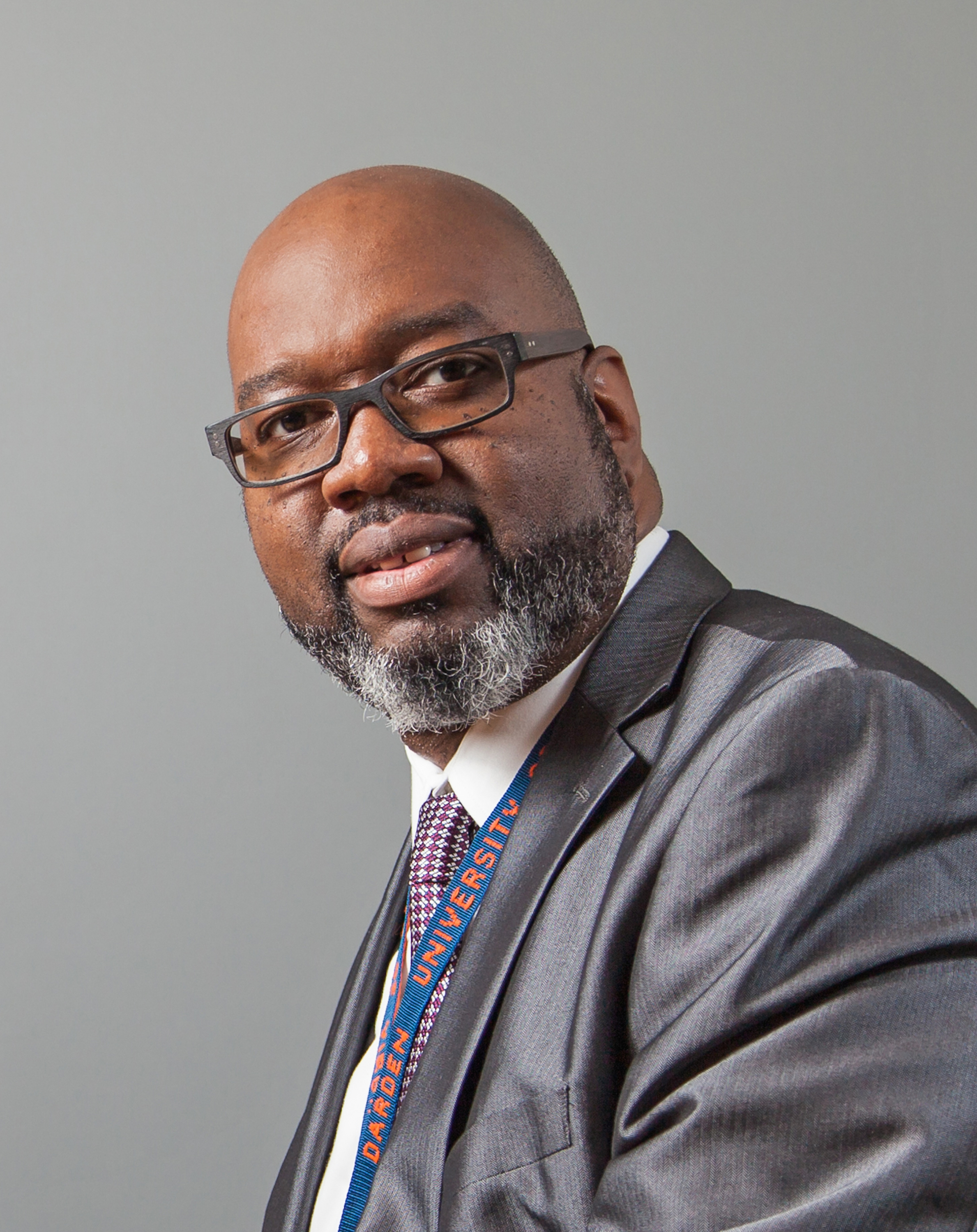
“Even though we have different systems and different problems that we’re trying to solve, we are all essentially in the same boat in regard to what we have to do,” Jenkins said. “But what we do, we’re all marching along the same road together.”
Get the TV Tech Newsletter
The professional video industry's #1 source for news, trends and product and tech information. Sign up below.
Jenkins and his team examined every element along the content creation process from acquisition, editing, QC and transcoding to delivery and broke it into three phases:
Media Gateway, a cloud-based single point of entry for all media that also allows for other processes such as transcoding and compliance within the cloud. Media Bus, which is the “orchestrator” that controls and manipulates the movement of content; and Media Distribution, which would cover linear playout, OTT, B2B and B2C delivery out of a single plant.
PBS reviewed 339 proposals for the media gateway and media distribution segments and will announce the final vendors at the NAB Show, according to Jenkins. “We’re still in the design phase for media orchestration,” which he said will probably be announced in the fall. Jenkins expects to launch the gateway “within the next two to three months.”
MODERN DAY MEDIA COMPANY
Duane Smith and his staff at Oregon Public Broadcasting have also been working on new digital workflows for the past three years. Their goal, according to Smith, who is the vice president of technology for OPB, was to transform their network from a broadcast-centric facility to a facility that addresses the new multichannel, multiplatform world of today.
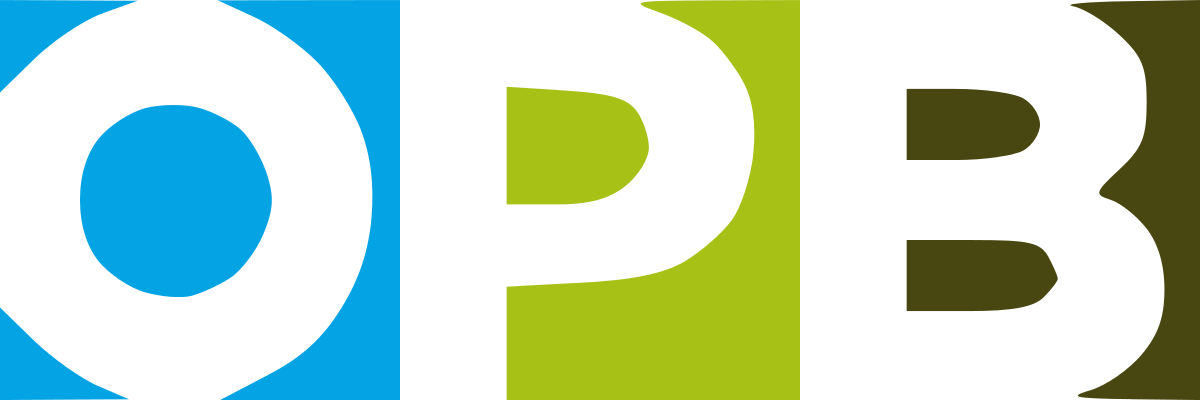
The planning was “part of a larger strategy about, how do we organize ourselves to be a modern day media company and not just a broadcast company, because a lot of our limitations derived from the fact that our entire infrastructure grew up around the broadcast world, and while that’s really good for over the air, none of those systems play in today’s media consumption landscape,” Smith said.
Smith’s task is to unite OPB’s nine production units around a standardized workflow flexible enough to handle the increasing myriad of tasks in the content creation process.
“The heart of our system is the media asset management system,” Smith said. “All the content is going to be registered there, all of the editing, all of the metadata is going to be added as required. And for all of those distribution points, we figured out how to abstract them down to a ‘checkbox.’”
The goal, according to Smith, is to create a workflow agile enough so that when new content creation methods are added, they don’t have a negative impact. “We didn’t want to have to disrupt our internal workflows to get content to a new platform,” he said.
The project consists of five “milestones,” according to Smith. “We’re about a month away from the end of milestone one, which is all the integration; the asset management system is being integrated with our CMS, our television automation and radio automation,” he said. “I think there’s 17 integrations we’re dealing with right now.
“Every aspect of content creation in our organization is going to be completely different,” Smith added. “There’s not one person or one process that is not being adjusted and standardized in a way that streamlines the process because a lot of our workflows and processes are left over from the days of analog.”
[Read: PBS Adopts Spec To Streamline HD Delivery]
Smith expects their new system will go live in phases starting in August and hopefully wrapped up by the end of September.
PREPARING FOR NEXT GEN TV
At Arizona PBS, CTO Ian MacSpadden has been working with the Pearl TV Group in the Phoenix Model Market project to test ATSC 3.0. As a member of PBS’s ATSC 3.0 engineering advisory committee, he and other engineering directors and CTOs from PBS are learning how to best educate broadcasters on the potential benefits of the Next Gen TV format as well as recommend best practices on how to implement it.
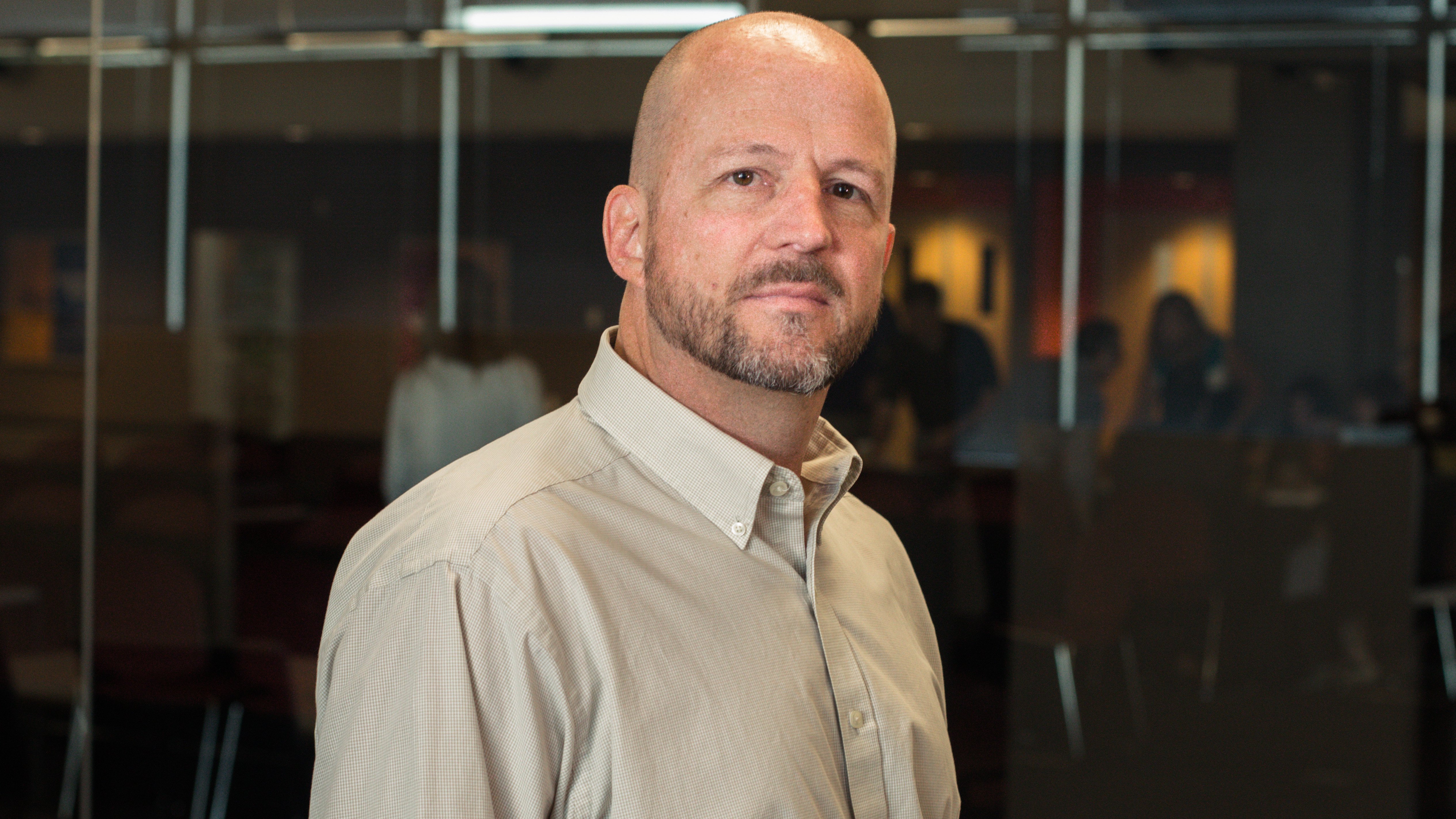
The promise of 4K/UHD over the air via ATSC 3.0 is one of the most attractive benefits of the standard. MacSpadden and his staff at the Phoenix-based PBS station were among the first stations in the area to shoot in 4K for their local programming. This gave the Pearl TV Group a valuable trove of high res content.
“We were one of the first stations in the market shooting and mastering, experimenting in 4K production, mastering in 1080p with HDR,” MacSpadden said. “So the Pearl Group was very interested because all of the rest of their participants were news stations and none of them are shooting in 4K.”
Handling such data-intense files though presents its own set of challenges, according to MacSpadden.
“What we’ve learned is that even though we’re shooting and mastering in 4K sometimes just getting that content to a station for air can be a challenge,” he said. “Our editors were trying to figure out how to do an HDR downmix and save it off into a file from their edit platform in a manner that the folks at the Pearl TV stations could read. We eventually found a commonality in that they were using the AJA KiPro Ultra 4K record and playback device.
“We’re still trying to work on tweaking a file to do a direct export and this will be a challenge for whatever platform stations use,” MacSpadden continued. “These are all things we are learning along the way as we figure out how to create ATSC 3.0 content through the entire production chain.”
Developing new content for devices beyond the living room TV set has prompted MacSpadden and his staff to more carefully plan ahead before production.
“This year, we’re actually trying to say, ‘OK, we’re also targeting the digital end when looking at the components of when we go out to shoot these shows; how do we put together digital sidecar content that will be these minute and a half to four minute exlusives that will be available on the web, to subscribers, or other distribution chains we decide to have available,’” he said.
MacSpadden compared learning a new content creation workflow to a new exercise routine.
“You have to get the muscle memory in place,” he said. “I need to make sure I’m covering all my bases and exercise all the muscles that I need.”
Tom has covered the broadcast technology market for the past 25 years, including three years handling member communications for the National Association of Broadcasters followed by a year as editor of Video Technology News and DTV Business executive newsletters for Phillips Publishing. In 1999 he launched digitalbroadcasting.com for internet B2B portal Verticalnet. He is also a charter member of the CTA's Academy of Digital TV Pioneers. Since 2001, he has been editor-in-chief of TV Tech (www.tvtech.com), the leading source of news and information on broadcast and related media technology and is a frequent contributor and moderator to the brand’s Tech Leadership events.

